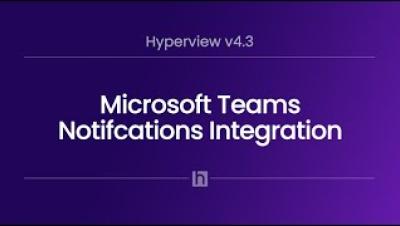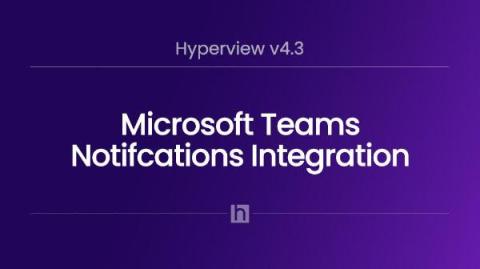Cloud-based DCIM Software Powers Modern Data Center Operations
Traditionally, data centers have been managed using on-premises software – and for many companies, this solution has been sufficient. However, as the data center environment becomes more intricate and dynamic, a new approach to management is required. Cloud-based Data Center Infrastructure Management (DCIM) software has emerged as the next generation of management tools, offering unmatched flexibility, scalability, and cost-effectiveness.






